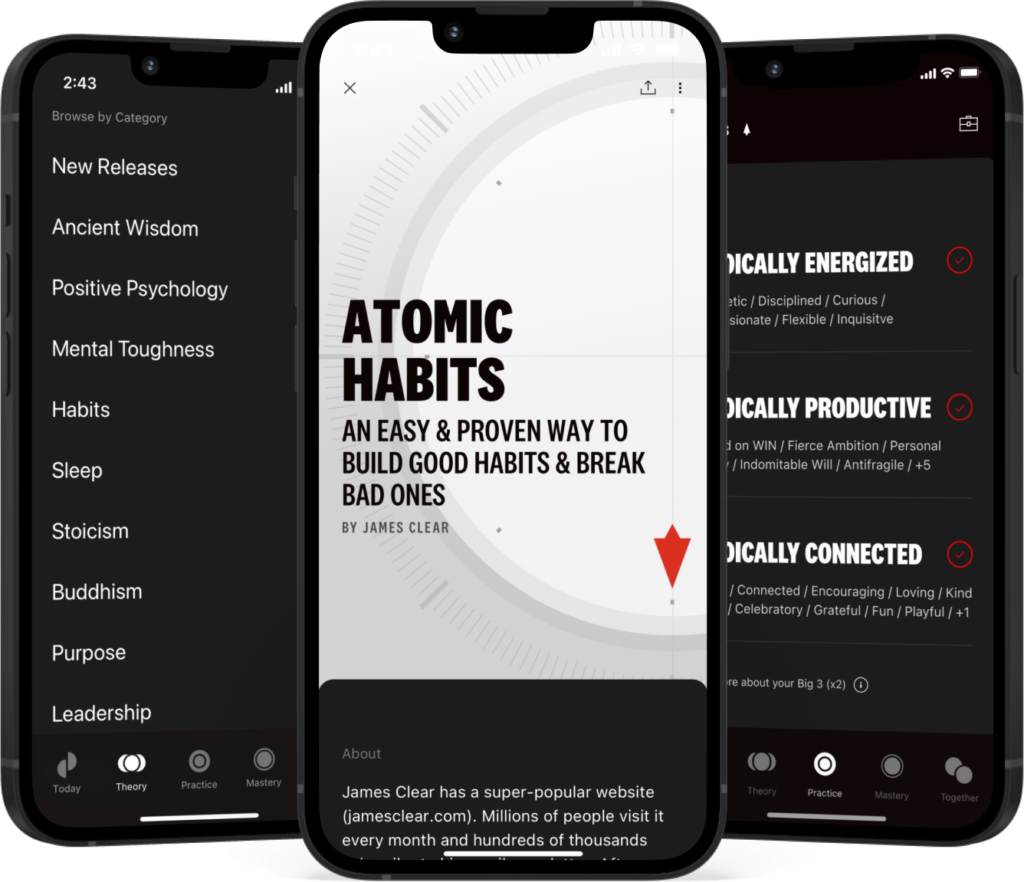Body Mass Index (BMI) Calculator
Understanding Body Mass Index (BMI) for a Healthy and Fit Lifestyle
Introduction:
Body Mass Index (BMI) is a widely used measurement to assess an individual's body weight in relation to their height. It can provide valuable insights into whether a person is underweight, normal weight, overweight, or obese. However, there are some limitations to using BMI as a tool for health and fitness. In this article, we will discuss what BMI is, how it is calculated, its benefits, and limitations, and how you can use it as part of your health and fitness journey.
What is BMI?
BMI, or Body Mass Index, is a simple calculation that uses a person's height and weight to generate a single number. This number is used to categorize an individual's weight status, helping to identify potential health risks associated with being underweight, overweight, or obese. It's important to note that BMI does not measure body fat directly, but it can be a useful indicator of a person's overall health.
Looking to make a change? We recommend Heroic.
"HEROIC IS THE BEST SELF-DEVELOPMENT PLATFORM IN THE WORLD."
— John Mackey, Founder & Former CEO of Whole Foods Market
Start your FREE 30-day Premium access today
How to Calculate BMI:
BMI is calculated using the following formula:
BMI = weight (kg) / (height (m))^2
To calculate your BMI, divide your weight in kilograms by your height in meters squared. There are various online BMI calculators available that make this process quick and easy.
BMI Categories:
BMI is divided into the following categories to help assess an individual's weight status:
- Underweight: BMI less than 18.5
- Normal weight: BMI 18.5 to 24.9
- Overweight: BMI 25 to 29.9
- Obesity: BMI 30 or higher
Using BMI to Improve Health and Fitness:
Understanding your BMI can be a useful starting point for assessing your health and fitness. If your BMI falls outside the normal weight range, it may indicate that you need to make some lifestyle changes to reduce potential health risks. Here are some ways to use BMI as a tool in your health and fitness journey:
- Set realistic goals: Knowing your BMI can help you set realistic weight loss or weight gain goals, depending on your individual needs. Aim to achieve and maintain a BMI within the normal weight range to minimize health risks.
- Combine BMI with other measurements: While BMI can be a helpful indicator, it's important to consider other measurements, such as waist circumference, body fat percentage, and muscle mass, to get a more accurate picture of your overall health and fitness.
- Seek professional advice: If your BMI falls outside the normal range, consider consulting a healthcare professional or a registered dietitian for personalized guidance on how to achieve a healthier weight.
Limitations of BMI:
While BMI can be a helpful tool in assessing an individual's weight status, it has some limitations:
- BMI does not account for differences in body composition: Since BMI is based solely on height and weight, it does not consider differences in muscle mass and body fat. Athletes or individuals with high muscle mass may have a higher BMI, even though their body fat percentage is low.
- BMI may not accurately reflect health risks for all ethnicities: Different ethnic groups may have different health risks at the same BMI levels. For example, people of Asian descent may have a higher risk of health problems at a lower BMI than people of Caucasian descent.
- BMI is not suitable for children or adolescents: BMI categories are not applicable to children or adolescents, as their bodies are still developing. Instead, age- and sex-specific growth charts should be used to assess their weight status.
Conclusion:
While BMI can be a useful tool for assessing an individual's weight status and potential health risks, it's important to recognize its limitations and consider other measurements for a more accurate picture of overall health and fitness. By understanding and utilizing BMI alongside other health indicators, you can make informed decisions about your nutrition and exercise plans, ultimately leading to a healthier and more balanced lifestyle.
